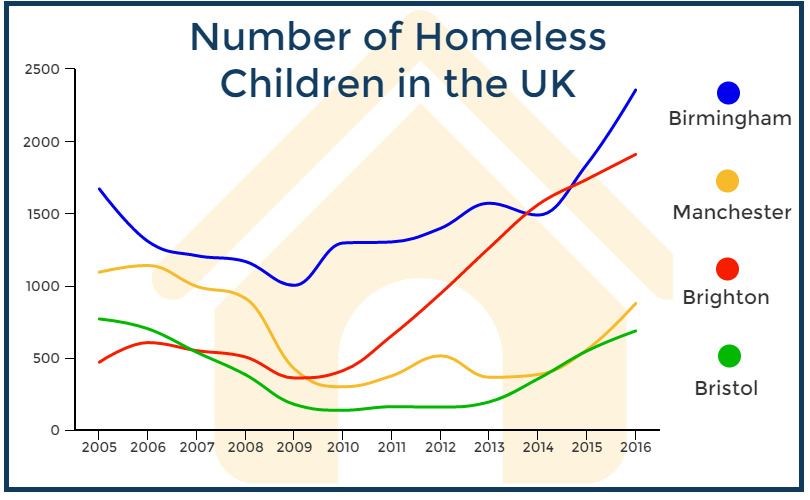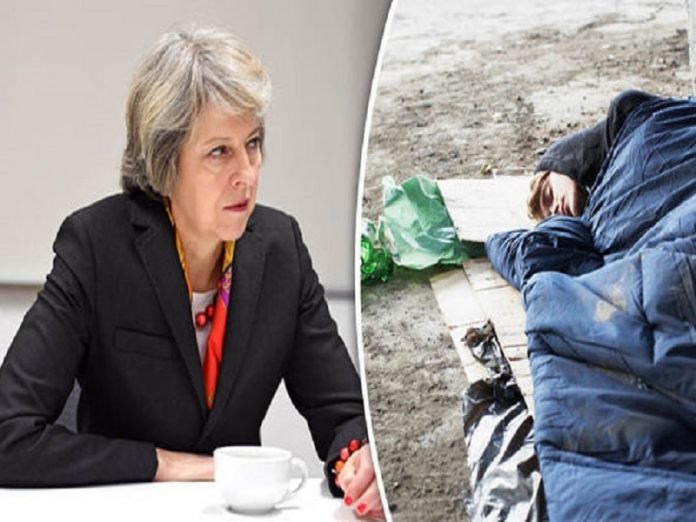“Everyone deserves to live in a safe, warm and comfortable home, yet despite the undeniable progress made over many decades, millions of people—often the most vulnerable—still do not. Currently and extraordinarily, landlords have no obligation to their tenants to put or to keep the property in a condition fit for habitation.
We know that residents of Grenfell were raising fire safety concerns in respect of the cladding long before the fire. This cladding was, as far as we know, in good repair but may have been unfit and hazardous—something certainly was—yet the residents had no legal route available to them to pursue their concerns.
Most of us, at one time or another, have found ourselves responding to constituents living in the most appalling conditions that their landlords, public or private, cannot or will not act to resolve. As an inner London MP whose constituency includes areas that have been notorious for poor housing, dating back to the era of slum landlords such as Rachman and Hoogstraten, this issue has always been very dear to my heart.
When such cases come to me—I will mention them in moment—my first port of call is often the environmental health department. While my council is of a different political complexion from me and we fight like ferrets in a sack on most issues, I can truthfully say that environmental health rises to the occasion again and again. I must have referred more than 1,000 cases to it over the years, and it has acted with vigour and professionalism, yet we know that that action is not sufficient.
I have seen a couple with small children living in two rooms of what was in effect the attic of a property in north Paddington.
They lived and slept in one room; in the other, the tiny kitchen, toilet and shower were just cubicles built into the same space. I have seen a family who have had to close off two bedrooms—their only bedrooms—because of the cold and damp, and who all slept in the living room because they were unable to use the entire property. I have met a young mum who had to bring home her baby, who was born prematurely, to a flat that was so damp that even I, when I visited her, struggled to breathe. Only two weeks ago, I met a pensioner who was taken into hospital with hyperthermia twice because of the cold in a flat from which the heat leaks through badly designed windows. Incidentally, she also fell and hurt her hip on steps that had been turned into a virtual river as water poured through a hole in the roof.

A good example of how fitness and disrepair are distinct and different elements of unfitness comes from an estate—a lovely and popular estate—in Bayswater in my constituency. Residents had long-standing complaints about extreme cold, damp and condensation, to the point that environmental health set up a dedicated project with the goal of protecting the health of residents. In 2011, its report found a range of deficiencies in the flats contributing to the health hazard of excess cold:
“Frequently associated with cold conditions within the flats was another hazard, that of ‘Damp & Mould Growth’ caused by condensation moisture forming on cold internal surfaces within the flats, including the window frames and the glazing. In some cases, the mould growth was chronic and severe”.
Despite environmental health’s survey of their flats, residents repeatedly requested that something be done; they had asked for the windows to be replaced as long ago as 2006. Why were those flats unfit, and how does that distinguish itself from disrepair?
As those flats were built in the 1950s, when building construction standards were poorer than today, their insulation standards were—and remain—very poor. The end walls of the flats are made of solid reinforced concrete, as are the floors, roofs, external stairways, lift shafts, walkways, balconies and possibly some of the internal walls. The cavity walling was unfilled and uninsulated. Consequently, there is constant heat loss throughout the structure of the building and instances of cold bridging in the flats on the estate caused by cold, uninsulated elements transforming heat energy and losing it externally. That causes condensation, dampness and mould growth. Those residents have been waiting for 12 years. A major estate programme has been under way for some years and still has to run until 2022, and the residents have no legal redress to deal with their concerns.
In case references to heat loss and cold bridging are a little technical, here is one example—one of many—from a resident who wrote to me from that estate:
“I have been suffering from the cold. We are always sick with flu and cold. I have my heating on 24 hours a day, with another electric heater and I am always ill, so is my son. My heating bill for this month alone was £400. My son and I have asthma. I have asthma, arthritis, fibromyalgia, diabetes, Kienbock’s disease in my hands, and I suffer panic attacks and anxiety. I am suicidal and had to go to St Mary’s hospital and see a psychiatrist, who said I must move to improve my health conditions. Please, please help.”
This is a "Pay as You Feel" website Please help keep us Ad Free.
You can have access to all of our online work for free. However if you want to support what we do, you could make a small donation to help us keep writing. The choice is entirely yours.


























You must be logged in to post a comment.